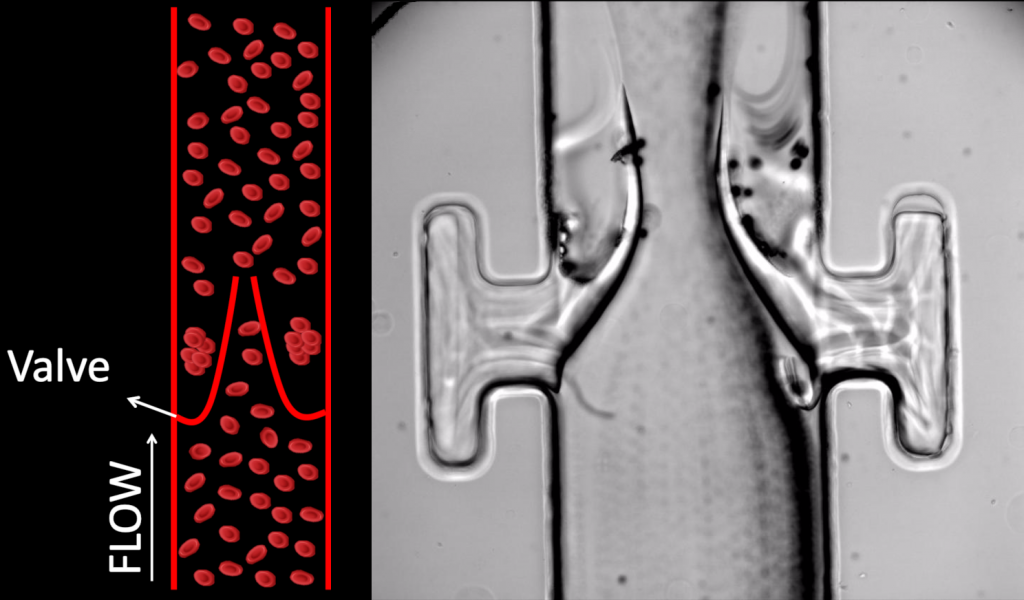
Deep vein thrombosis (DVT) is a life-threatening and debilitating condition where blood clots form within the deep veins (e.g. the femoral vein in the leg). These clots can become unstable and cause fatal conditions such as pulmonary embolism (PE). DVT and PE combined cause 25,000 deaths annually in the UK. At the moment, it is impossible to perform early prediction of DVT and the pathology is only diagnosed once the symptoms present themselves. Typically, this happens during the triage stage and relies mostly on the ability of the operator to identify a thrombus with a Doppler machine. If a thrombus is unstable, the only solution is an emergency surgery to remove it. As a result, many patients with DVT symptoms are treated with anti-coagulants as a preventive approach although the actual number of confirmed DVT cases is just a small fraction of the total suspected. The need for a prediction tool is widely recognised. Such a tool will not only help identify and potentially help save the lives of those at risk from thrombosis but could also reduce the use of dangerous anti-coagulants for the majority of the treated patients that do not need them. With this project, we aim to investigate and understand the predictors of DVT based on a novel closer-to-reality in-vitro and in silico model.
In addition to generally accepted biochemical mechanisms of clotting, we propose the importance of altered blood flow in its development. We are currently developing computational simulations and experimental microfluidic models of flow disturbances around valves of the veins. We are then studying the influence of blood flow characteristics on thrombus development.
This novel approach will hopefully clarify the role of pathological blood flow in thrombosis initiation and propagation, and identify new factors predisposing to DVT. Based on these results we will then be able to establish anatomical and flow characteristics linked to the development of DVT. This will allow a personalized approach to identification and prophylaxis of people at major risk, for instance, those with cancer, the aged and pregnant women. Moreover, we will be able to follow the thrombus formation process and analyse the anatomical characteristics increasing thrombosis incidence. This is particularly important as current protocols based on in-vivo studies failed to identify this. Currently one of the preferred methods of studying thrombosis consists in fact of inducing thrombus formation by surgically restricting a major vein in a mouse and then sacrificing it to recover the clot after its detection is confirmed. This limits the analyses to the clot composition preventing the understanding of its formation dynamics. Moreover, this approach requires the use of thousands of animals worldwide that can be saved by implementing our advanced approach. Our model will in fact provide a more reliable and standardise platform in which to study DVT and other blood flow related diseases, permitting to reduce the use of animals in research.
This project received fundings via the EPSRC Centre for Doctoral Training Physical Sciences for Health (Sci-Phy) and from the NC3Rs.
